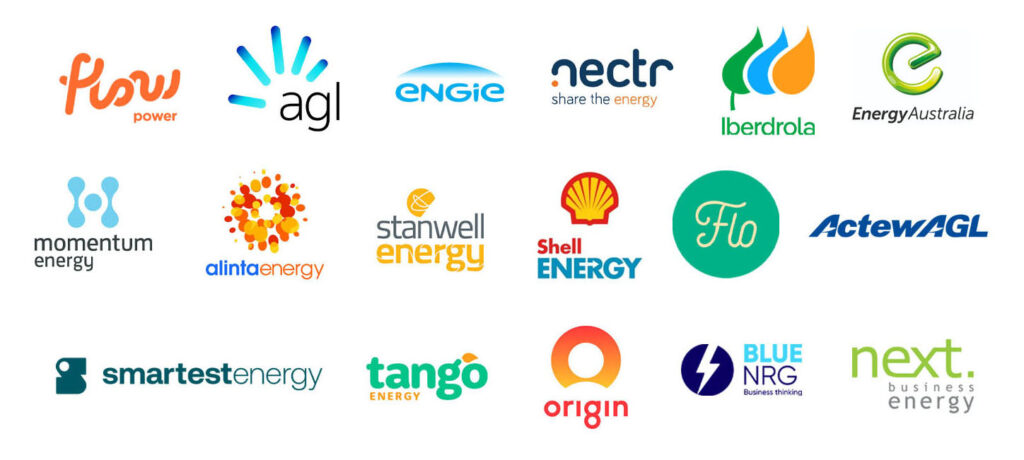Energy Australia has warned that electricity generation may be disrupted at its 1,400 MW coal-fired Mount Piper power plant in New South Wales, adding to fears of shortages on the East Coast.
The power plant in Wallerawang, commissioned in 1993, depends on coal from Centennial’s Springvale coal mine 12 kilometres away.
The mine’s output has been curtailed due to flooding.
As a long, hot and dry El Niño summer looms, concerns that demand may outstrip supply are increasing. With Liddell officially retired in NSW, Caillide still out of action in Queensland and no decision taken on a possible extension of Eraring’s life, the news is sending jitters into the National Energy Market.
CLP Holdings – parent of EnergyAustralia – said it executed a multi-mine contract with additional suppliers to mitigate shortages, but the issues at Springvale are expected to result in a shortfall in coal deliveries until the end of the year.
CLP also warned of a downside risk to managing the station with existing stockpiles and expected demand.
Mount Piper is due to be retired in 2040, but its owners say that they want to convert it into a secondary “battery” role.
Interestingly, it was originally built in the 1980s, and then stored in a nearly fully assembled state, before being commissioned in 1992 and 1993 (Units 2 and 1 respectively). While initially constructed as 660MW machines, both were upgraded to 700MW in 2009, with Unit One upgraded in 2023 to 730MW, using modern turbine technology, bringing the station total to 1430MW. The minimum generation of these units has also been lowered to facilitate the modern requirements of lower minimum generation rates to better match the shape of renewables.
Mt Piper’s boilers are designed around the local coal to maximise efficiency and keep emissions within regulatory requirements. A significant amount of the ash produced is repurposed for use in the cement market.
Mt Piper has traditionally extracted water from Lake Lyell, and Thompson’s Creek Dam, which were built specifically to supply water to the power station. However, recently, the power station has received the majority of its cooling water requirements from reused mine water that used to be discharged into the local water systems.
Coal accounts for around 60 percent of energy generation on the NEM and while its role is diminishing, reliance on it for the upcoming summer is inevitable, adding stress to an already burdened grid and potentially affecting EnergyAustralia’s earnings.
Centennial coal fuels around 30% of NSW’s coal-fired electricity generating capacity.
Established in 1989 it was listed at $20 million in 1994. It was taken over by Banpu Public Company Limited in 2010, with a market capitalisation of $2.5 billion.
Sequence of obstacles
EnergyAustralia has been in a war of late, reporting heavy financial losses and facing charges by the Australian Competition and Consumer Commission (ACCC) for misleading customers.
In August 2023, the company posted a half-year loss exceeding A$100 million. The figures added to concerns about EnergyAustralia’s ability to invest in new renewable energy generation as rivals Origin Energy and AGL Energy, are doing.
Energy Australia has announced an A$5 billion investment by 2030 in renewable energy assets to replace coal power.
The coal shortfall may impede its short-term profitability, further complicating the process of bouncing back from financial losses.
Need help navigating the National Energy Market so you can make the best decisions for your C&I business’s energy? Our Energy Management Consultants are here to assist you. Get started with obligation-free electricity and natural gas tenders here to find offers that will suit your operation’s requirements.
You may also contact us at 1700 852 770 or admin@leadingedgeenergy.com.au to learn more about how Leading Edge Energy can help you better manage your business’ energy costs and consumption.
We source, analyse, compare and rank commercial, industrial and multisite energy quotes. Obligation Free.
Chat with one of our experienced consultants today and get the insights your business needs to help manage the risks associated with volatile electricity and natural gas markets. Our energy procurement service is obligation-free and provides a time-saving way of securing lower energy rates from our panel of fifteen energy retailers.







